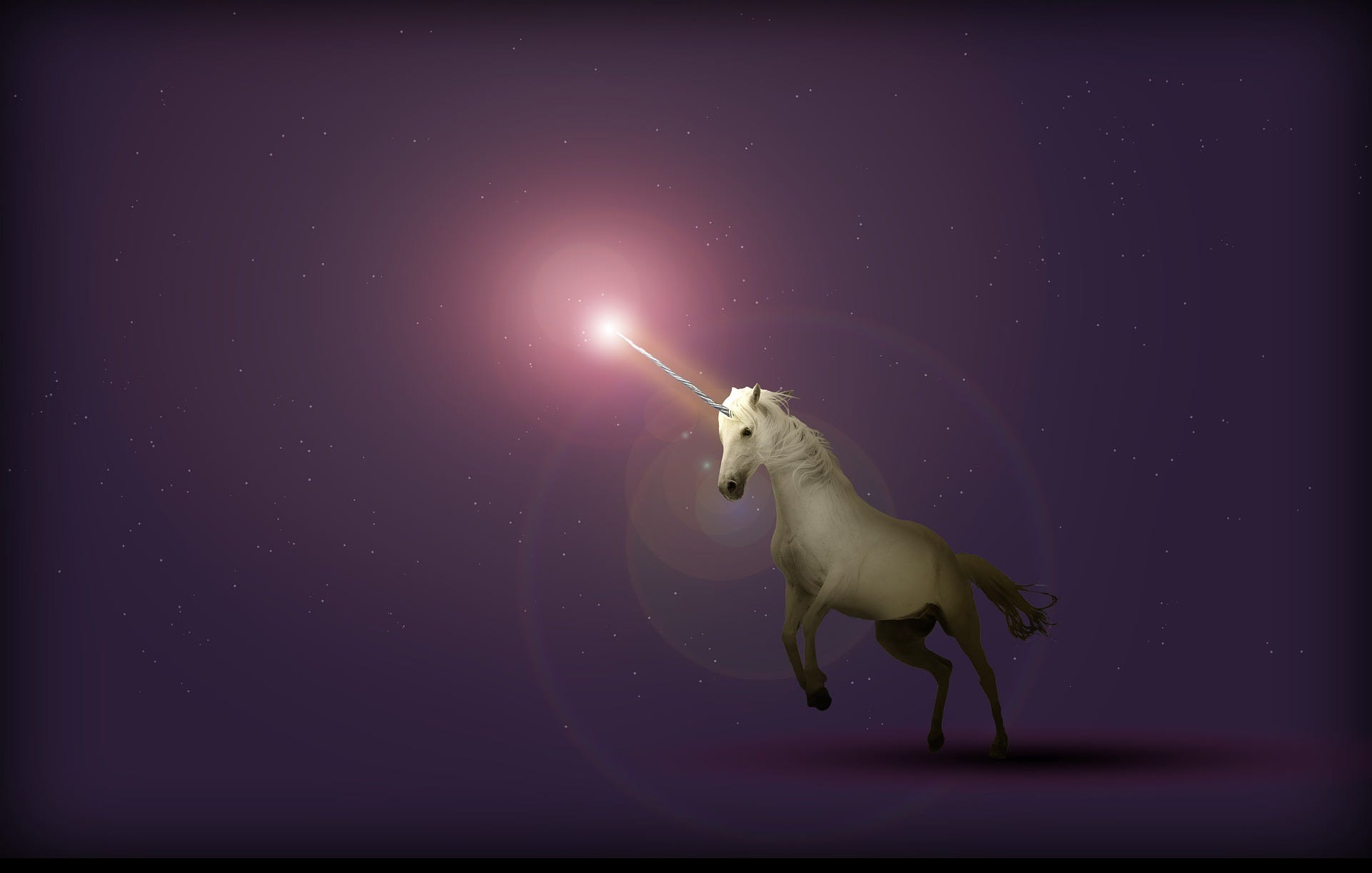

This is a cool concept to be familiar with as a business person because it helps us calculate the best price for our product or service. By best price I mean the one that maximizes revenues.
Pricing is a tricky subject and the price elasticity of demand helps us make good pricing decisions by measuring the effects of price changes on our overall revenues.
We can model demand using crowd funding campaigns and other methods.
Demand is modeled in order to understand how many people are willing to purchase a product or service at a various price points. Elasticity of Demand is a metric that measures the sensitivity to change in quantity demanded relative to a change in price. It is a measure of the slope of the demand curve. The more horizontal the demand curve, the more a change in price will affect the quantity demanded. The more vertical the demand curve, the less a price change will affect quantity demanded.
If you are a smoker, cigarettes have a pretty steep (vertical) demand curve. If the price increased tomorrow, say by a new tax, you might complain but you would still probably shell out the extra to get your pack of smokes.

Gasoline has a similarly steep demand curve. If gas prices go up, we still have to fill ‘er up to get on with our day in many cases. This is true at least in the short-run until we can make some adjustments to our lifestyle that involve less driving.

Products and services with easy substitutes usually have flatter (more horizontal) demand curves. If there is a price increase, many people will switch or stop buying.
The terms we use to describe the slope of the demand curve are elastic and inelastic. The demand for a good is considered inelastic when the PED is less than one. Inelastic means that price changes have a relatively small impact on the quantity of the good or service demanded. Inelastic demand relates to steep (more vertical) demand curves. The demand for a good elastic when its PED is larger than one. Elastic demand means that price changes have a larger impact on the quantity of a good or service demanded. Elastic demand relates to flatter (more horizontal) demand curves.

Price Elasticity of Demand (PED) is the percentage change in quantity demanded in response to a one percent change in price.
Our goal in modeling demand and calculating PED is to find the price point that maximizes total revenues. Revenues = quantity sold * price. The maximum revenue point occurs where PED equals one, or what is referred to as Unit Elastic.

Understanding the demand of products and services and how much customers are willing to purchase at different prices is the goal of calculating a demand curve and the price elasticity of demand. Here is how to calculate specific values that measure how responsive quantity demanded is to a price change.
The formula used to calculate the price elasticity of demand is
PED = [(Q1 — Q0) / (Q1+Q0)] / [(P1-P0) / (P1+P0)]
Q0 is the initial quantity demanded when the price is P0. Q1 is the new quantity demanded when the price changes to P1.
Note there is an inverse relationship between price and quantity demanded. As price goes up, quantity demanded goes down, and vice versa: when price goes down, quantity demanded goes up. Price and quantity demanded always move in opposite directions which means the price elasticity of demand PED is always a negative number. We are interested in the absolute value of PED, meaning the value regardless of its negative sign.
Let’s look at an example: a pizza parlor. Currently, you sell pizzas for $7.50 a pie. At that price, customers buy 2,500 pizzas per week. You are interested in increasing sales so you decide to drop the price by $1 to $6.50. When you do this, sales increase to 3,000 pizzas per week.
Lets calculate the price elasticity of demand with this information (see the accompanying spreadsheet to follow the calculations; this is also a nice template that you can use to solve elasticity problems):
1. Plug in the values for each symbol.
$7.50 and 2,500 are the initial price and quantity, plug $7.50 into P0 and 2,500 into Q0. And because $6.50 and 3,000 are the new price and quantity, plug $6.50 into P1 and 3,000 into Q1.
2. Calculate the expression on the top of the formula.
(Q1 — Q0) / (Q1+Q0).
(Q1 — Q0) equals 500, and (Q1 + Q0) equals 5,500. Dividing 500 by 5,500 equals .090909
3. Calculate the expression on the bottom of the equation.
(P1 — P0) equals –$1.00, and (P1 + P0) equals $14.00. Dividing –$1.00 by $14.00 equals –.07143.
4. Perform the final division.
Divide the top result by the bottom result to get the price elasticity of demand of –1.27273.
In this case the price elasticity of demand for these pizzas is –1.27273
The price elasticity of demand PED is not a monetary value; it is simply a number representing the change in quantity demanded relative to a change in price. What the number tells us in this case is that a 1 percent decrease in price causes a 1.27 percent increase in quantity demanded. In other words, the percentage increase of quantity demanded is greater than the percentage decrease in price.
In this case, when you decrease the price of these pizzas, you will sell significantly more pizzas, and your revenue will go up from $2,500 to $3,000. You make up for the price decrease by a greater increase in volume.
Whenever the absolute value of price elasticity of demand PED is greater than one, price decreases will increase revenue. If PED is less than one, then increasing the price further will result in less overall revenues. Revenue, which is price times quantity, will be maximized at the price where PED is equal to one.
Factors that effect elasticity
PED is a function of consumer behavior. PED changes based on how customers respond to a price change. The predominant influencer on PED is how customers choose to either maintain or change their consumptions decisions after a price change. There was an old cigarette ad that said, “I would rather fight than switch”. This is the crux of the matter. How many maintain the former buying behavior, and how many decide to wait and look for substitutes is a critical factor. Here are some factors that affect that choice and thus the elasticity of demand for a good or service:
Ready availability of substitutes
The strength of the substitution effect is based on the amount and proximity of available substitutes. The easier the replacement, the higher the elasticity. Customers can easily switch even in the event of a minor price change. If there are no perceived similar products to replace it, then the substitution effect will be small and the demand will remain inelastic.
Fungible is a term used in economics to describe substitutes. A fungible item is able to replace or be replaced by another identical item. They are mutually interchangeable.
How general or specific is the definition of the good
The more general the category of a good or service, the lower the elasticity. A broad category like food has a very low elasticity of demand (meaning it is inelastic) because no substitutes exist and we need some each day. Commodity products have relatively high elasticity of demand because many substitutes are available and they are not differentiated so preferences don’t exist. Brand loyalty increases inelastic demand because people want to stick with the brand they prefer even with a price increase.
Percentage of income
Customers will scrutinize purchasing decisions more as the choice represents a higher percentage of their income or budget. This results in higher elasticity. People will rather switch than fight. When the good represents only a small fraction of the budget, the income effect will be less significant and demand will be more inelastic.
Need
The more necessary a good is, the less choice in purchasing and the lower the elasticity. People will buy with less regard to price. Life saving medicine is an example for those who need it.
Duration
In economics we discriminate between the short term and the long term. The terms don’t refer to a specific duration of time but how long it is before producers or consumers have flexibility over their decisions.
The longer a price change remains in effect, the higher the elasticity as people adjust to the new normal. Consumers will search for and discover lower cost substitutes. For example when gas prices spike, consumers will complain but still fill up their empty tanks in the short run. But as prices remain high, consumers will exercise their choice and find ways to reduce their demand for gas by switching to public transportation, purchasing electric cars or moving closer to work to reduce the commute.
Brand loyalty
Brand loyalty can offset how sensitive a customer is to price changes, resulting in more inelastic demand. Customers would rather fight than switch (or at least pay a bit more).
Who pays?
In markets where there is a third party payer and the purchaser does not directly pay for the good they consume, demand is likely to be more inelastic. Some examples are expense accounts, tuition reimbursement, or health insurance.
Receive my 7 day email course
Take your finance skills to the next level with my 7-day corporate finance email course. You'll learn all the essential topics from financial analysis to risk management in a fun, engaging format. Each day, you'll receive an email with practical examples, exercises and resources. Perfect for aspiring finance pros or anyone looking to expand their knowledge. Get ready to transform your finance game!
If you like this article. Here are some more articles I think you might like.

The Road to Becoming a Unicorn: A Quick Guide to Startup Funding Rounds

Oh Behave! Behavioral Economics: Why we do what we do.




